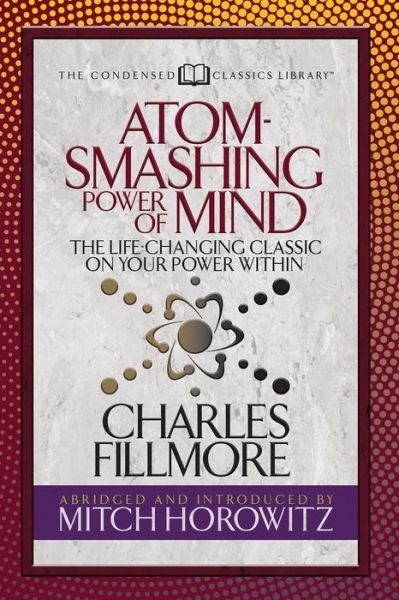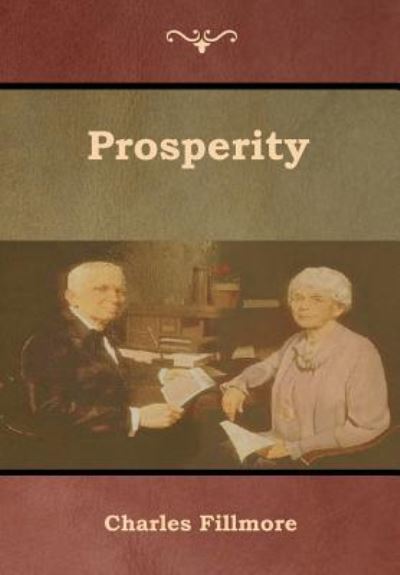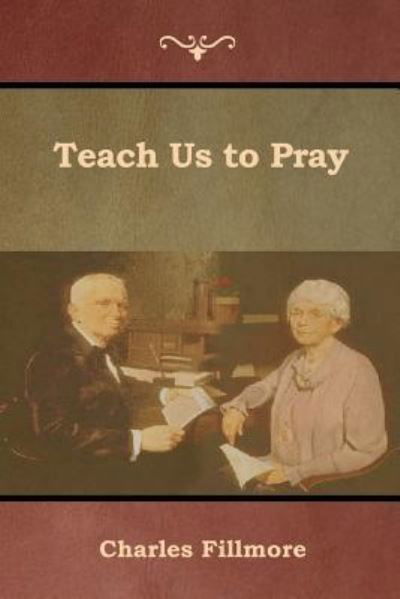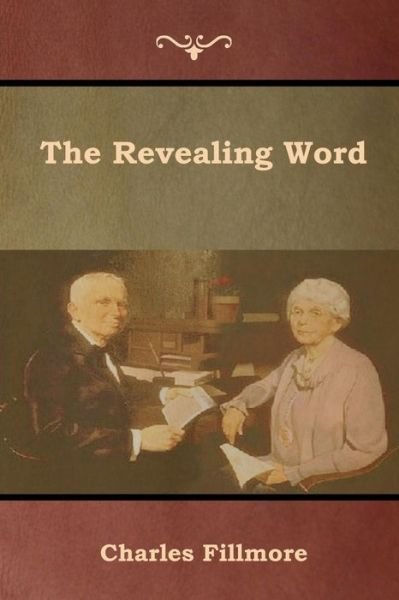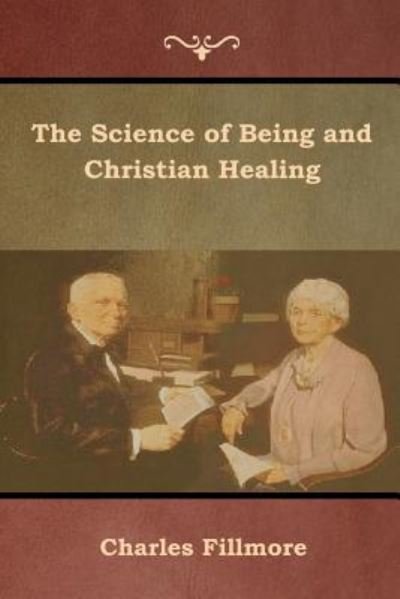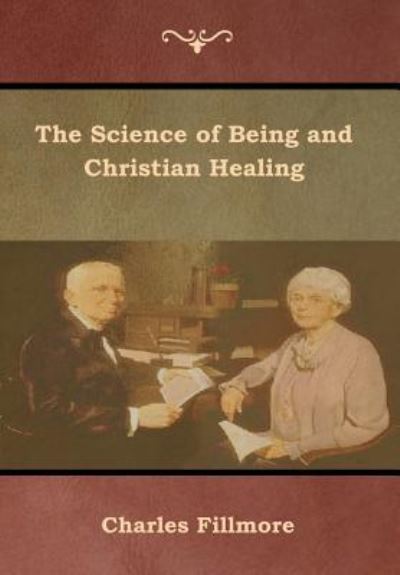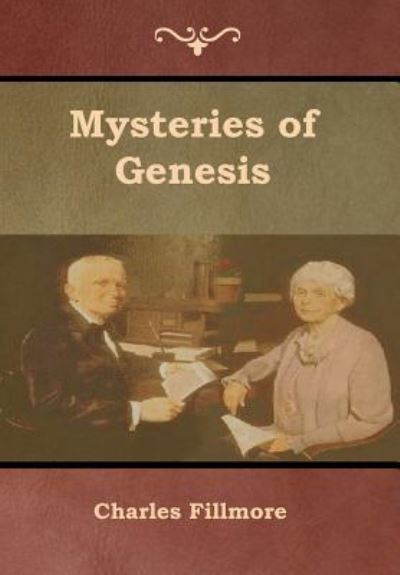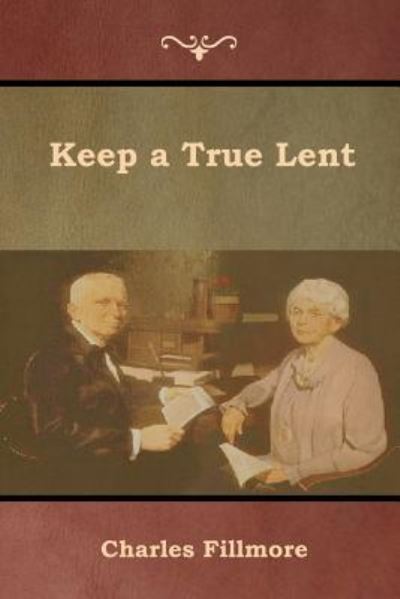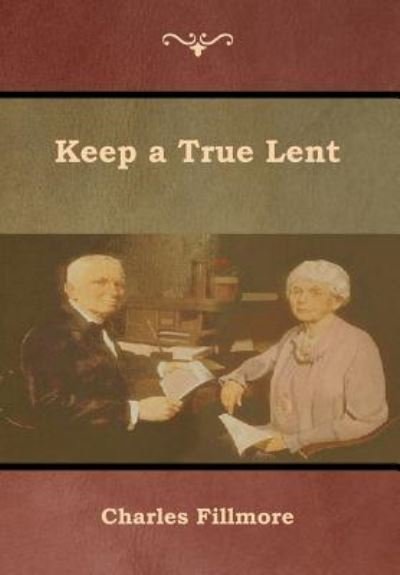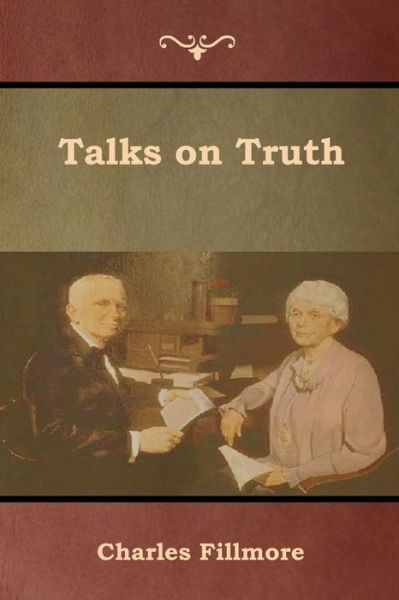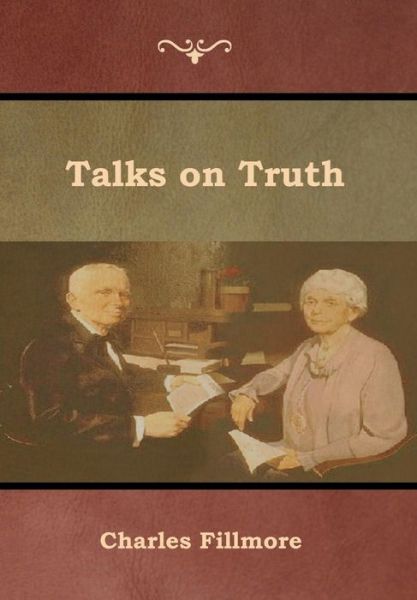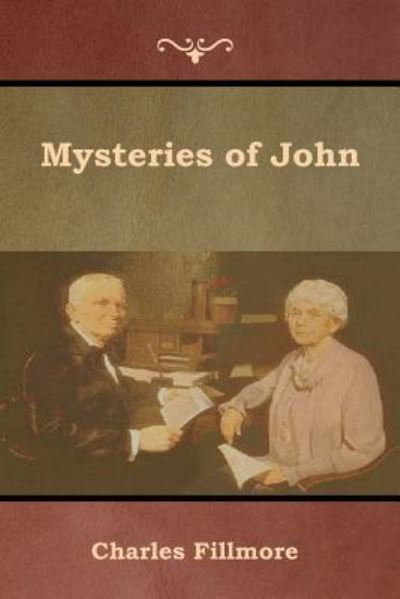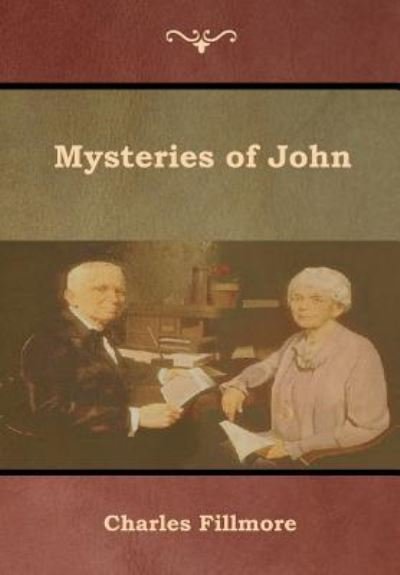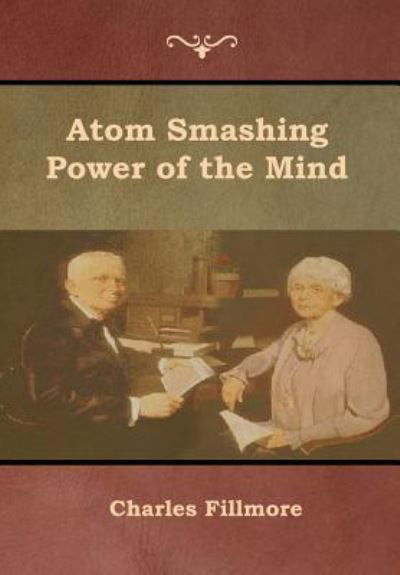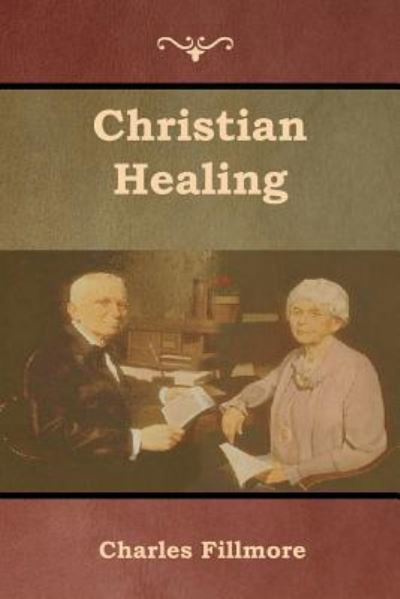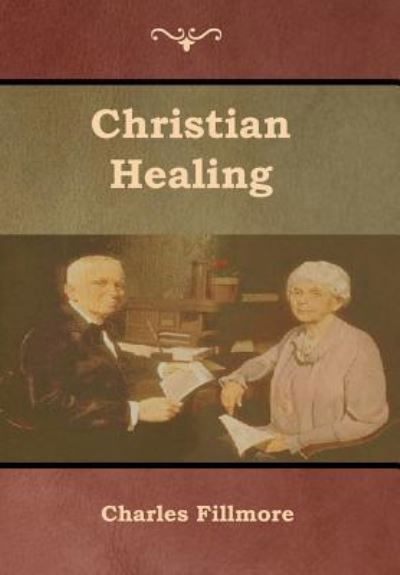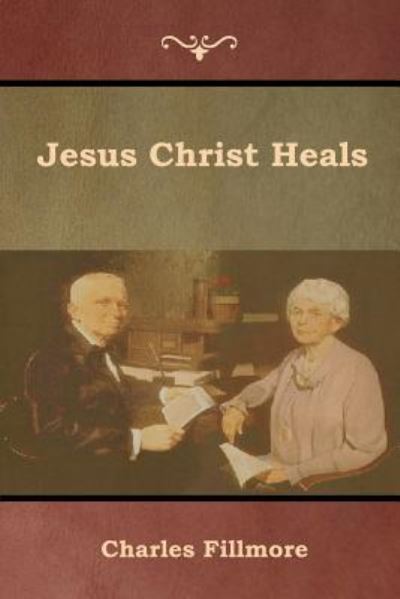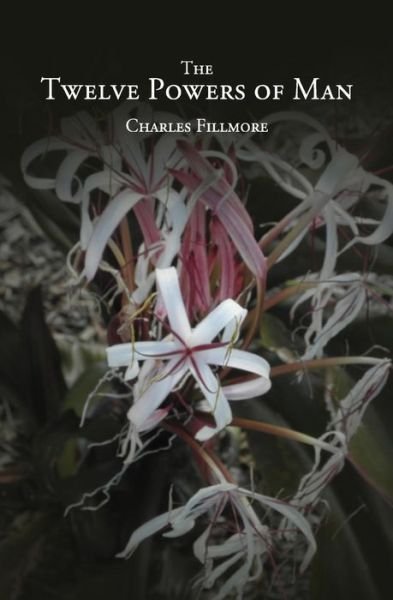
Tell your friends about this item:
The Twelve Powers of Man
Charles Fillmore
The Twelve Powers of Man
Charles Fillmore
Publisher Marketing: The Twelve Powers of Man is a metaphysical look at twelve expressions of the divine power inherent in each of us. Expressions such as love, faith, strength, zeal, and imagination are discussed. Jesus prophesied the advent of a race of men who would sit with Him on twelve thrones, judging the twelve tribes of Israel. This book explains the meaning of this mystical reference, what and where the twelve thrones are, and what attainments are necessary by man before he can follow Jesus in this phase of his regeneration. Regeneration follows generation in the development of man. Generation sustains and perpetuates the human; regeneration unfolds and glorifies the divine. It is not expected that beginners in the study of metaphysical Christianity will understand this book. It deals with forces that function below and above the field of the conscious mind. The average religious thinker knows nothing about the subconscious mind and very little about the superconscious; this book presupposes a working knowledge of both. This book aims to clear up the mystery that ever envelops the advent, life, and death of Jesus. To the superficial reader of the Gospels His life was a tragedy and, so far as concerns the kingly reign that was prophesied, it was a failure. Yet those who understand the subtlety of the soul and supremacy of Spirit see that Jesus was conqueror of a psychic force that was destroying the human race. Cover photography by Paul Spremulli. Contributor Bio: Fillmore, Charles Charles Sherlock Fillmore (1854 -1948), born in St. Cloud, Minnesota, founded Unity, a church within the New Thought movement, with his wife, Myrtle Page Fillmore, in 1889. He became known as an American mystic for his contributions to metaphysical interpretations of Biblical scripture. An ice skating accident when he was ten broke Fillmore's hip and left him with life-long disabilities. He met his future wife, Mary Caroline Page, known as Myrtle, in Denison, Texas in the mid-1870s. After losing his job there, he moved to Gunnison, Colorado where he worked at mining and real estate. He married Myrtle in Clinton, Missouri on March 29, 1881 and the newlyweds moved to Pueblo, Colorado, where Charles established a real estate business with the brother-in-law of Nona Lovell Brooks, who was later to found the Church of Divine Science. After the births of their first two sons, Lowell Page and Waldo Rickert Fillmore, the family moved to Kansas City, Missouri. Two years later, in 1886, Charles and Myrtle attended New Thought classes held by Dr. E. B. Weeks. Myrtle subsequently recovered from chronic tuberculosis and attributed her recovery to her use of prayer and other methods learned in Weeks's classes. Subsequently Charles began to heal from his childhood accident, a development which he too attributed to following this philosophy. Charles Fillmore became a devoted student of philosophy and religion. In 1889, Charles left his business to focus entirely on a prayer group that would later be called 'Silent Unity'. It was named this because of a legal conflict with Mary Baker Eddy over the use of the title Christian Science. That same year he began publication of a new periodical, 'Modern Thought', notable among other things as the first publication to accept for publication the writings of the then 27-year-old New Thought pioneer William Walker Atkinson. Although Charles had no intention of making Unity into a denomination, his students wanted a more organized group. He and his wife were among the first ordained Unity ministers in 1906. Charles and Myrtle Fillmore operated the Unity organization from a campus near downtown Kansas City.
| Media | Books Paperback Book (Book with soft cover and glued back) |
| Released | July 24, 2013 |
| ISBN13 | 9781491075319 |
| Publishers | Createspace |
| Genre | Textbooks Religion Religious Orientation > Christian |
| Pages | 172 |
| Dimensions | 133 × 203 × 9 mm · 185 g |
More by Charles Fillmore
See all of Charles Fillmore ( e.g. Paperback Book , Hardcover Book and Book )


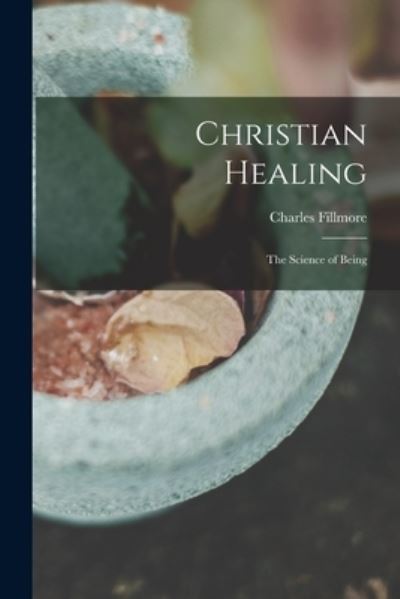
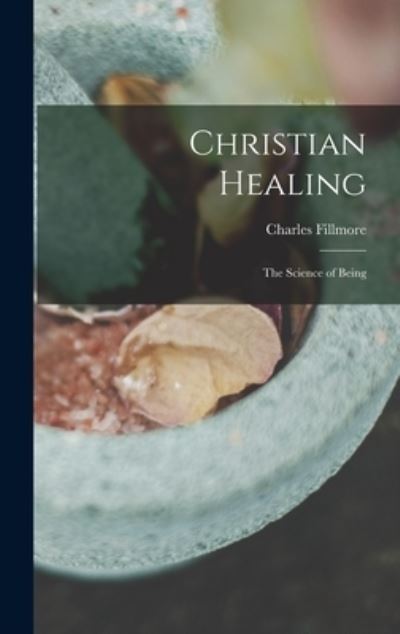
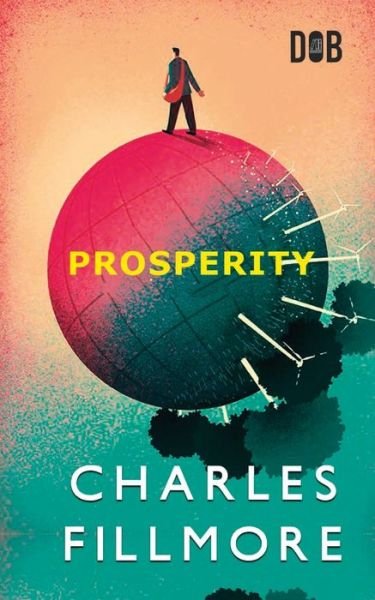

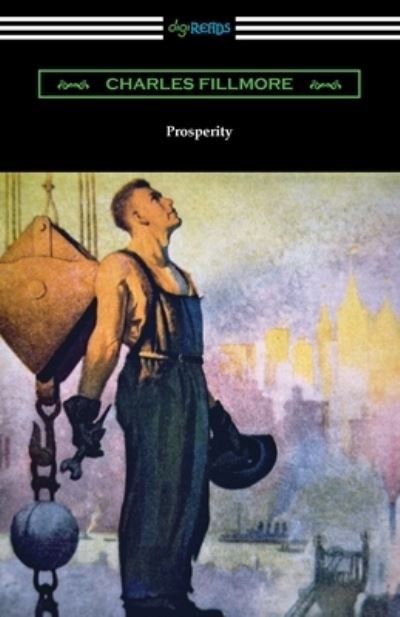
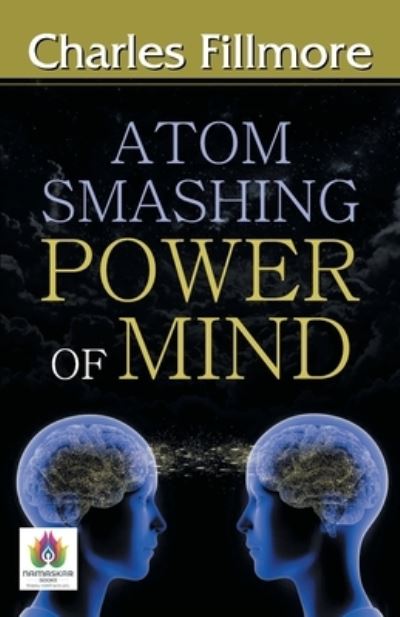

![Cover for Charles Fillmore · Atom-Smashing Power of Mind (Paperback Book) [Original Classic edition] (2019)](https://imusic.b-cdn.net/images/item/original/225/9781722502225.jpg?charles-fillmore-2019-atom-smashing-power-of-mind-paperback-book&class=scaled&v=1581161832)
